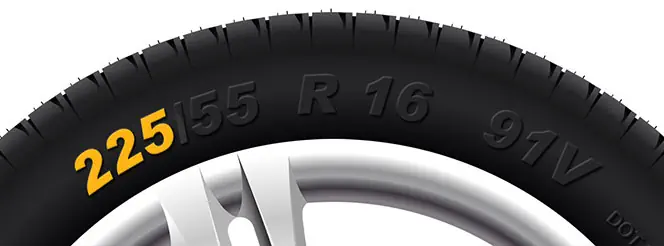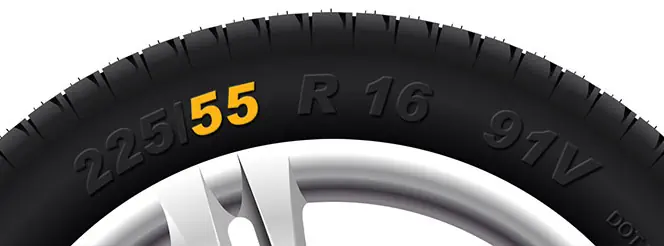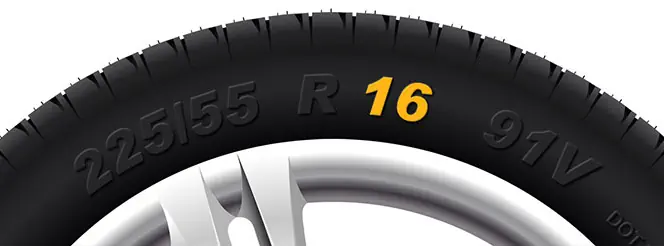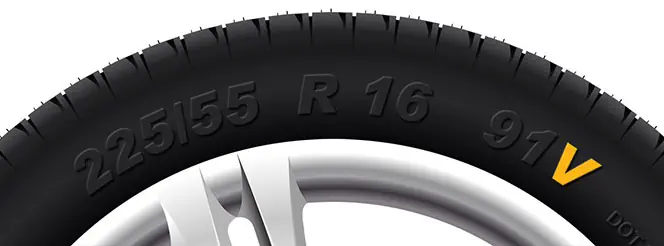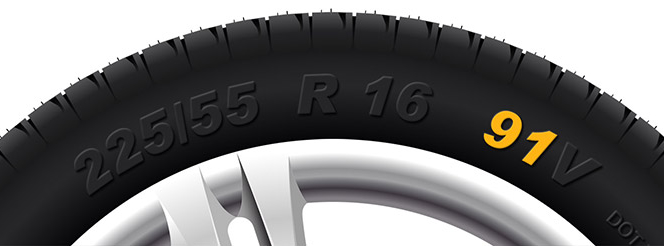How to Safely Navigate Steep Hills While Driving
Jessica Bird | Monday 2nd June 2025 10:25am

Driving in the UK comes with plenty of scenic routes, rolling countryside and, inevitably, steep hills. Whether you’re taking in the Lake District or trying to get around the narrow streets of a hilly town, steep inclines can be a real challenge for both you and your vehicle.
While they might seem like a relatively minor part of a journey, tackling steep hills safely is a crucial skill. Not only do inclines place extra stress on your vehicle’s engine, brakes, and clutch, but they can even catch experienced drivers off guard if not handled correctly.
Here’s why steep hills require extra care and how to approach them safely.
The importance of extra caution on steep hills
Steep roads test several key components in your vehicle – in particular, the clutch, brakes, and transmission system take a real beating. Here are the main factors that go into the dangers of driving on hills:
- Strain on the engine: Driving uphill requires a lot more engine power. So, if your engine isn’t performing at its best, you could struggle to maintain momentum.
- Brake fatigue: Conversely, when driving downhill, over-reliance on the brakes can lead to overheating and less efficient braking – which is an essential component while going downhill!
- Clutch wear: This is especially important when you’re in traffic going uphill. Clutch control is crucial on inclines; poor technique or an overly worn clutch could result in you stalling, rolling back, or having to deal with the car jerking while it’s already under a lot of stress.
- Limited visibility: Hills often come with blind crests or tight turns, so it’s crucial to be prepared and stay alert.
Essentially, proper hill driving is a combination of relying on your vehicle’s components, as well as developing good driving techniques.

How to drive uphill safely
Heading uphill might seem as straightforward as going faster, but it involves a lot more than this in the real world – and, in fact, going as fast you can to get up the hill is quite a dangerous way to approach this. Here’s how to handle it in the right way:
1. Pick the right gear before you begin
As you start to go up the hill, it can help to shift down a gear quite early. This gives your car the torque it needs to maintain a steady speed and avoid stalling or severely slowing down on the hill. Changing gears mid-hill (if not done smoothly) can lead to a loss of momentum – so it’s best to be prepared.
2. Maintain steady acceleration
Avoid stopping on a hill wherever possible (assuming cars in front of you aren’t stopped). Keep your speed consistent and don’t over-rev the engine. If you’re driving a manual car and have to stop, use your handbrake to stop yourself from rolling back when moving off again. This is where hill starts come in really handy! Be sure to be extra mindful of the weather conditions – learn more about driving in adverse conditions here.
3. use clutch control on steep starts
If you’re starting from a standstill on an incline, your clutch control needs to be spot on. Balance the clutch and throttle while gradually releasing the handbrake for a smooth take-off.
4. Leave plenty of room
Give yourself and other drivers plenty of space. Because driving on hills is quite challenging, other cars may roll back slightly on hill starts – so avoid tailgating and be patient with drivers in front of you.
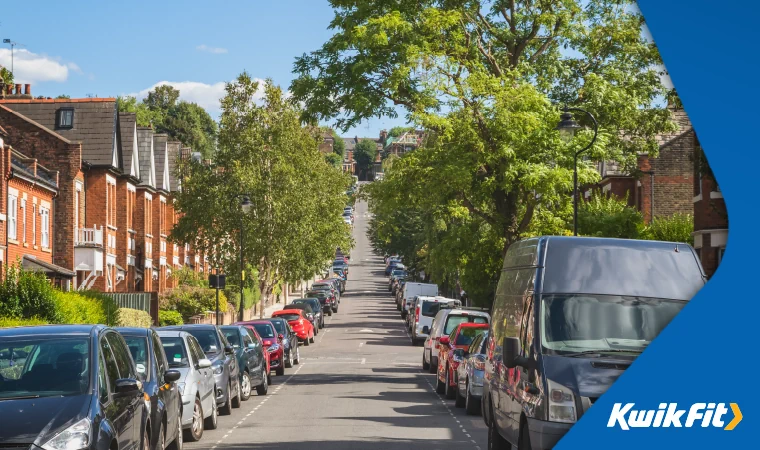
How to drive safely downhill
Driving down a hill might feel like it’s easier than driving up one, but it actually requires more concentration. The main risk here is that, if you stop paying attention, you gain too much speed and/or overuse your brakes. Here’s how to stay in control:
1. Use engine braking
Instead of relying solely on your brakes, shift to a lower gear before starting the descent. This allows the engine to help control your speed naturally – which is a technique known as ‘engine braking’. It reduces wear on your brakes and gives you better overall control.
2. Avoid riding the brakes
While you’re going to need to use your brakes, constantly pressing the brake pedal can cause brake pads to overheat and wear down prematurely – especially on long descents. Instead, brake briefly but firmly as needed, then release to allow the brakes to cool. Use this in conjunction with being in a lower gear – which will help to stop your car from accidentally picking up more speed than is safe.
3. Keep a safe distance
Always keep extra space between you and the vehicle ahead. This will give you extra time to react if they need to brake suddenly and it’s especially important in wet or icy conditions – when downhill stopping distances increase exponentially.
4. Stay in your lane
Especially with the bends of narrow country roads, it’s easy to drift slightly when turning downhill. Keep a close eye on your lane position and be alert for oncoming traffic, cyclists, or walkers.
Weather and road conditions matter
While we’re lucky enough to not have particularly extreme weather for most of the year in the UK, we often face very variable weather. So road surfaces can become slick with rain, ice, or mud – especially on hilly ground. Always adjust your driving to match the conditions:
- In wet weather, increase your stopping distance and reduce speed before your descent.
- In icy conditions, consider delaying your journey. If you have to drive, go extremely slowly and leave ample space.
- On muddy or gravelly surfaces (such as where rain has sluiced mud onto the road), traction may be poor. So be extra gentle with the accelerator and brakes.
Make sure your car's hill-ready
Even the most experienced drivers can run into problems if their vehicle isn’t properly maintained. This is because so many components in a car need to work reliably in order to safely navigate hills.
Regular maintenance is the best way to ensure you’re ready for whatever the road throws at you – so trust the expert technicians at your local Kwik Fit centre for comprehensive checks on your brakes, clutch, tyres, and more.
Any facts, figures and prices shown in our blog articles are correct at time of publication.
Featured Articles
Is it Illegal to Drive With One Headlight?
Saturday 19th July 2025
Wondering if it’s illegal to drive with one headlight? Learn about the safety risks and penalties of illegal blown bulbs and why you should fix them promptly.
Air Con in EVs & Hybrids: Experts Answer Your Questions
Monday 30th June 2025
Does air con drain EV batteries? Can you use the air con while charging an electric car? Find out the answers to these questions & more from Kwik Fit’s experts.
Why Is Your Car Making a Noise? Fixes & Tips
Friday 13th June 2025
When your car starts making unexpected noises, it can certainly be quite disconcerting; it may be nothing to worry about, but here’s what you need to know.





